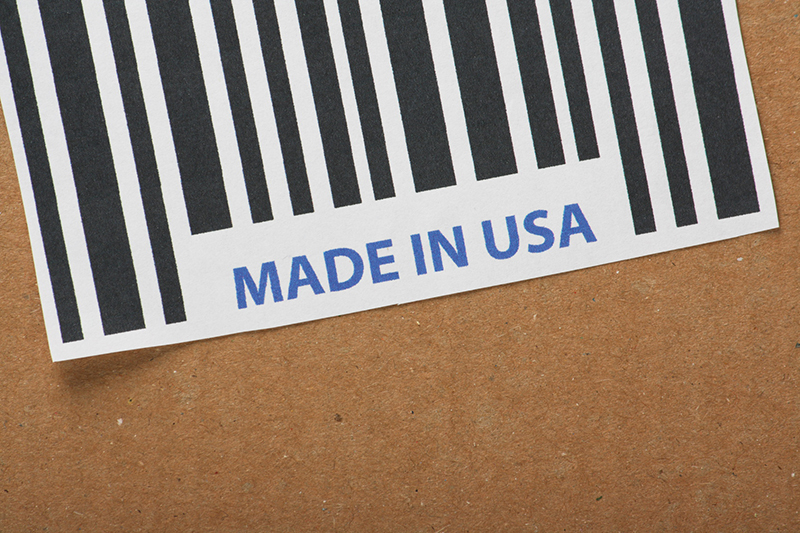As competition increases in machining across the world, it is essential to pay a great deal of attention to OEM standards – both minimum regulations and market standards. Over the past five years, OEM expectations from vendors have changed quite dramatically. Here are just a few of the modifications that you should keep in mind when you are assessing your quality control variables.
Quality Assurance
Led by the luxury automobile industry, the proliferation of precision automation manufacturing has created a higher standard for quality in OEM parts in many industries. Deliverables are now expected to maintain an extremely high rate of integration with factory parts, and OEM manufacturers are always competing to lower the error rate in batch deliveries.
Most quality assurance errors occur in high-volume production lines; however, as automation takes over for other forms of machining and general manufacturing, you can expect the QA standard to move up for bulk orders as well. In heavily regulated industries such as medicine and the automotive industry, vendors are becoming hardline about remaining in compliance with their various industry standards. Before choosing an OEM company within these industries, it is recommended to fit that company for an understanding of regulatory policy.
Continuous Improvement
Chief among new expectations from vendors is a dedication to continuous improvement. Fully accessible big data is now the norm for even the smallest startups in all major industries. It is a simple thing to quickly survey vendors on their opinions and quantifiable problems with a delivery. OEM companies now also have the luxury of surveying vendors ahead of time to take the temperature of market conditions and new product iterations.
Savvy OEM partners are gearing up for production runs on new product iterations years in advance, sometimes concurrently with the original manufacturer. When two sets of eyes are sharply focused on the market under the banner of continuous improvement, the result is usually much better for the end client.
High Volume Production
Being able to handle high volume production while maintaining a time to market and QA standard that is competitive in an industry is a feat not to be underestimated. When volume ramps up, small problems quickly become big problems. Close interdepartmental cooperation is necessary to ensure that a product does not veer off course before production takes its course.
Design Capabilities
More than ever, OEM partners need to have fit-for-purpose design development capabilities. The tenants of precise QA and continuous improvement can be quite a shock to a traditional production system. It is not enough to locate problems more quickly; the production capabilities of a company must be robust and flexible enough to handle any changes that need to be made on the fly.
The total capabilities of an OEM company become even more prevalent during high volume seasonal orders that require a high degree of precision. Vendors are being held to a just-in-time standard more often than ever, and they must demand it of their partner companies as well.




